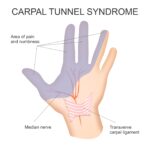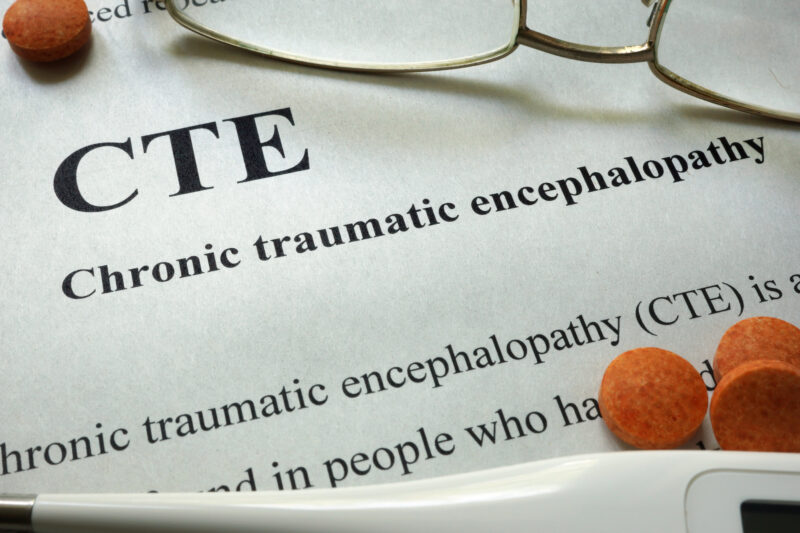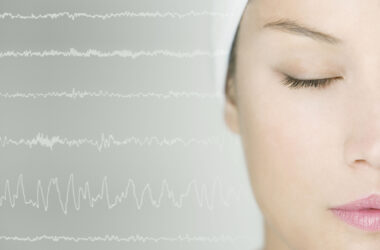Many Americans spend their Saturdays and Sundays watching one of the country’s favorite past times football.
In fact, during the 2017 NFL season, on average, over 19.3 million Americans tuned in to support and cheer on their favorite teams.
However, while football and the season of fall bring in warm memories for many, there is also a growing concern for the treasured and prized athletes their brain health.
Football players are subjected to repetitive blows to their body or constant trauma due to tackles and other plays.
There are some rules in place as well as equipment to try to protect players’ bodies and more importantly, their brains; however, concussions as well as neck, back and brain injuries remain rampant and a high risk for all football players.
The newest and most concerning injury developing is a condition called chronic traumatic encephalopathy or CTE.
CTE is a degenerative disease that causes memory loss, confusion, depression and dementia.
The most common cause of CTE is repeated blows to the head; particularly an accumulation of multiple benign, non-violent blows. CTE was first brought to the attention of the general public through pathologist Dr. Bennet Omalu, who discovered the first case of CTE in former NFL player, Mike Webster.
The New York Times then again brought it to the public’s attention when it published an investigative report, which showed the clear connection between CTE and the NFL by sharing the findings of Dr. Ann McKee.
Dr. McKee, a neuropathologist, examined the brains of 202 decreased football players. Out of these 202 players, 111 of them had played in the NFL. Out of these 111 ex-NFL players, 110 of them had CTE.
One of the biggest challenges of CTE is that it can only be diagnosed postmortem via autopsy.
As well, from what medical professionals currently understand, CTE is caused by clumps of Tau protein, which slowly develops and grows killing brain cells.
The Tau protein originates from the repeated damages from consistent blows to the head. Besides football players, CTE has been commonly found in military veterans and others with history of repetitive brain injuries.
Although CTE can only be clearly diagnosed through autopsy, there are some symptoms of warning. Those sufferings from CTE usually begin showing symptoms in their late 20s or 30s.
Patients often experience major changes in their mood and behavior including impulse control problems, aggression, depression and paranoia. As the disease progresses, patients often experience cognitive impairments such as memory loss, confusion, impaired judgment, and dementia.
These symptoms are common in patients in their 40s and 50s.
There is no cure for those suffering with CTE, yet. The best preventative measurement is to protect the head and brain from repeated injury.
If you want to learn more about CTE, feel free to read more here.










